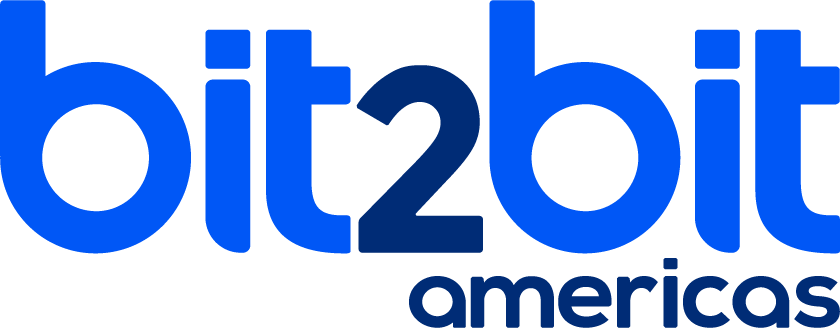ITSM process implementation with ITIL
for Mutualser
Mutualser aligns its ITSM processes to ITIL practices with bit2bit Americas.
Customer

Name
Mutualser
Clients
2.5M
Collaborators
+500
Location
Colombia
Sector
Health
Business Need
The technology support team at Mutualser, one of Colombia’s leading EPSs, had implemented the basic ITIL processes in an open source tool. In order to improve service levels and establish tracking metrics, it was essential to update and adopt the ITIL 4 framework. This transition was also in response to a requirement from the Ministry of Technology. However, the technology in use was an impediment to aligning processes with best practices, which implied not only transforming processes, but also updating the technology platform. Additionally, it was necessary to keep the existing ticket history in the new solution, as well as the users involved.
Solution
In this context, bit2bit Americas worked with the Mutualser team to understand in detail the needs of each process and as a result we were able to model and then implement the following processes: Incident Management, Request Management, Problem Management, Change Management, Major Incident Management and Alert Management. This also included metrics, SLAs, case self-management capabilities, among others. Additionally, all existing ticket history from the previous platform was successfully migrated to Jira Service Management. The result was of high impact since we achieved an improvement of more than 10% in service level compliance and we were able to comply with the external requirements of ITIL 4 alignment. Also, users were migrated and good IAM (Identity and Access Management) practices were implemented, integrating Atlassian Access with the client’s user directory.
It is worth mentioning that, with the implemented solution, processes are now integrated, i.e., an incident can automatically generate a problem, a problem can automatically generate a change, etc.
Technology
The technologies used in this implementation were the following:
Customer satisfaction
Mututalser rated us with 90% in the satisfaction survey for the successful completion of this project.

Why bit2bit Americas?
Mutualser needed the support of a company with experience in service management so they decided to work hand in hand with bit2bit Americas, who is characterized by the implementation with excellence of processes based on ITIL methodology. Mutualser trusted in the contribution as specialists in this type of services and highlighted the excellent fluid and clear communication with the project leaders through immediate response channels to expedite any setback of the project. bit2bit Americas has a team of ITIL certified specialists with experience in dozens of ITSM implementations, also have technical certifications and functional accreditations Atlassian, which supports us.
